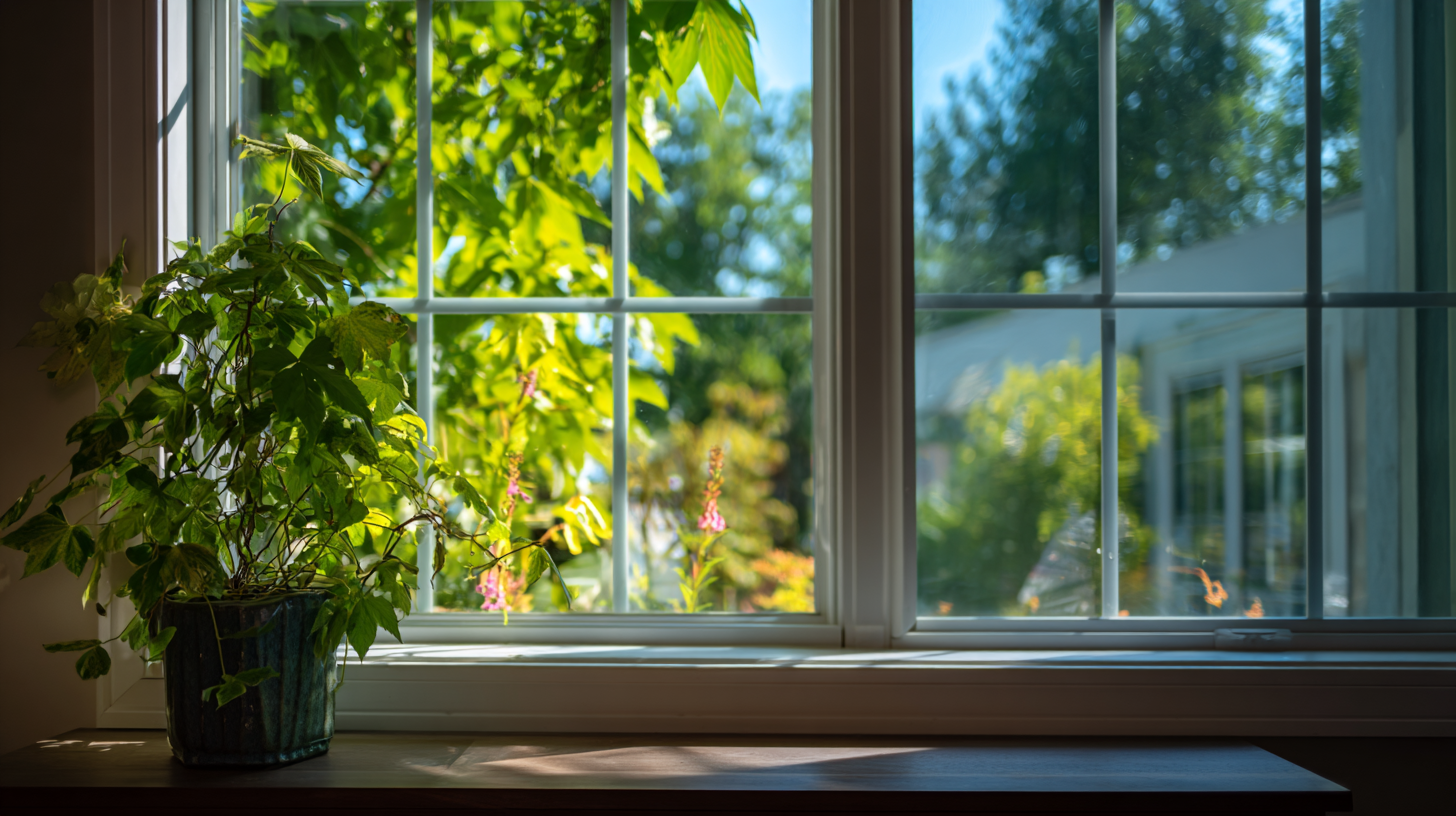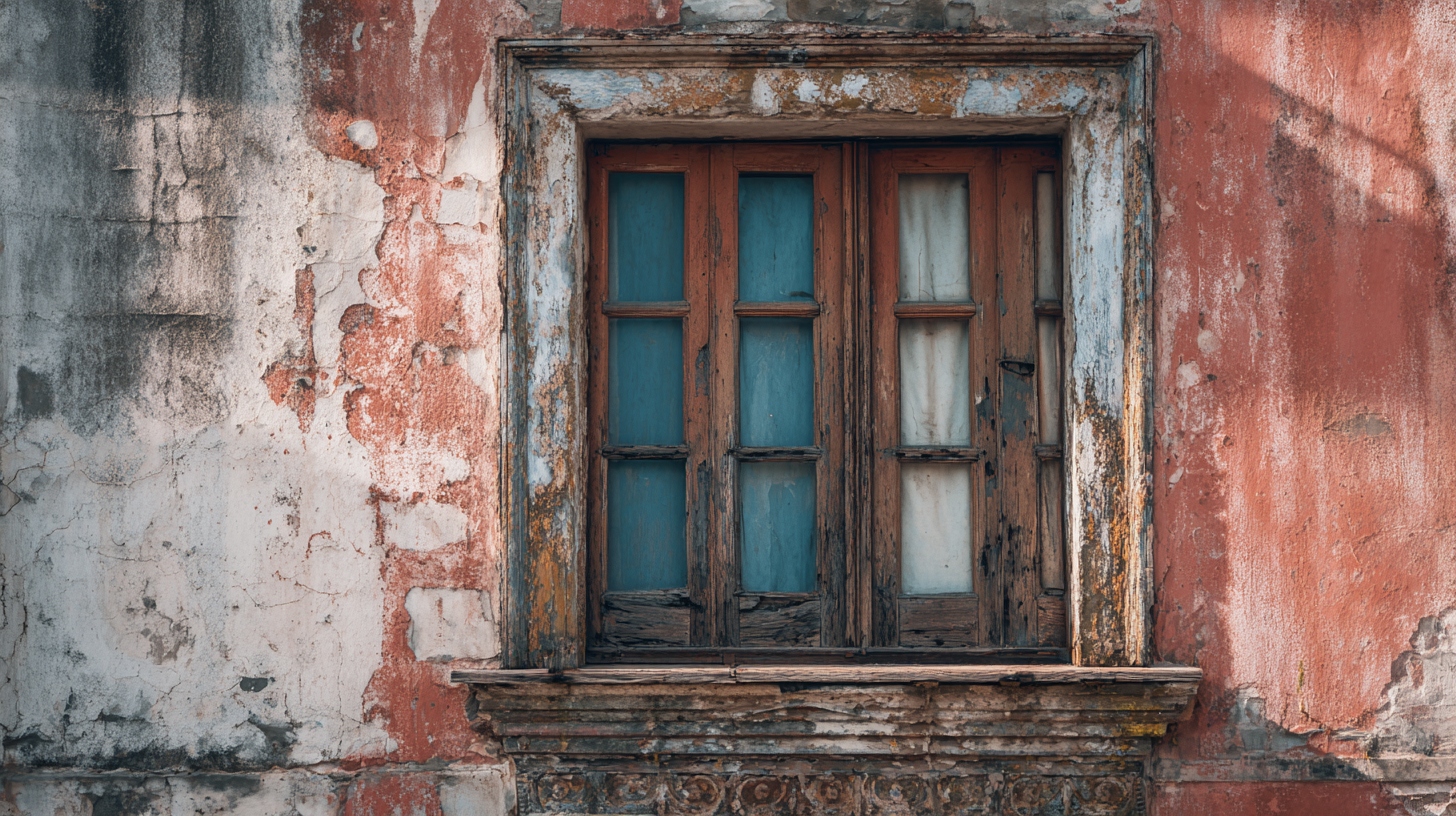What is the True Cost of Window Replacement? A Detailed Breakdown with Industry Insights
 When considering home improvements, one of the most impactful yet often overlooked projects is window replacement. Homeowners frequently underestimate the true cost of window replacement, which goes beyond the initial price tag of the windows themselves. This comprehensive guide delves into the various factors that contribute to the overall expense, including `labor`, `materials`, and potential energy savings. Understanding the complete financial implications not only helps in budgeting but also in making informed decisions about the investment in your home's efficiency and aesthetic appeal.
When considering home improvements, one of the most impactful yet often overlooked projects is window replacement. Homeowners frequently underestimate the true cost of window replacement, which goes beyond the initial price tag of the windows themselves. This comprehensive guide delves into the various factors that contribute to the overall expense, including `labor`, `materials`, and potential energy savings. Understanding the complete financial implications not only helps in budgeting but also in making informed decisions about the investment in your home's efficiency and aesthetic appeal.
Join us as we break down the components of window replacement costs, offering industry insights and practical strategies to ensure you get the best value for your investment.
Understanding the Average Costs Associated with Window Replacement Projects
When considering a window replacement project, understanding the average costs associated with it is crucial for homeowners. The overall expense can vary widely depending on several factors, including the type of windows selected, the size of each window, and labor costs in your local market. On average, homeowners can expect to spend between $300 to $1,000 per window, which includes both the materials and installation fees. High-efficiency windows, which are designed to enhance energy savings, tend to fall on the higher end of this spectrum.
Additionally, the scope of the project can significantly impact costs. For instance, replacing multiple windows at once may lead to bulk discounts on materials and installation, ultimately lowering the per-window cost. It’s also essential to factor in any necessary repairs to the surrounding frame or structure, which could increase the budget. Homeowners should gather multiple quotes and consider potential energy savings over time, as these can offset some of the initial investments associated with window replacement. Understanding these costs can empower homeowners to make informed decisions that align with their budgets and long-term goals.

Factors Influencing Window Replacement Costs: Materials, Labor, and Installation
When considering window replacement, various factors significantly influence costs, primarily materials, labor, and installation. According to the 2022 Remodeling Impact Report from the National Association of Realtors, homeowners can expect to pay between $300 to $1,200 per window, depending on the material selected. Vinyl windows generally fall on the lower end of the price spectrum, while wood and fiberglass options tend to drive costs up due to their aesthetic appeal and durability. Additionally, choosing energy-efficient models may result in higher upfront costs but can lead to long-term savings on energy bills.
Labor and installation expenses further contribute to the overall cost. On average, professional installation rates can range from $35 to $75 per hour, depending on the complexity of the project. For a standard window replacement job, homeowners should anticipate an additional labor cost of around $100 to $300 per window. To optimize your budget, consider obtaining multiple quotes from experienced contractors and checking their credentials thoroughly.
Tips: Always factor in potential hidden costs, such as permits or extra materials needed for proper installation. It might be worthwhile to wait for off-peak seasons, as contractors often offer discounts during these times. Finally, don’t hesitate to discuss financing options if you’re concerned about the upfront expenses.
What is the True Cost of Window Replacement? A Detailed Breakdown with Industry Insights
| Material Type | Average Cost per Window | Installation Cost | Total Cost | Longevity (Years) |
|---|---|---|---|---|
| Vinyl | $300 | $150 | $450 | 20 |
| Wood | $600 | $200 | $800 | 30 |
| Fiberglass | $500 | $175 | $675 | 25 |
| Aluminum | $400 | $180 | $580 | 15 |
| Composite | $450 | $200 | $650 | 30 |
Industry Insights: Regional Cost Variations in Window Replacement
When considering window replacement, it's essential to understand that costs can vary significantly across different regions. Urban areas often experience higher prices due to increased labor costs and the premium on real estate. For example, cities like New York or San Francisco may see replacement costs that can be 20-30% higher than national averages. This regional disparity is influenced by factors such as demand, local building codes, and the availability of materials.
Conversely, in suburban and rural locations, homeowners may benefit from lower labor costs and a greater selection of less expensive window styles. Regions with less stringent regulations can also contribute to lower overall expenses for window replacement. Additionally, understanding climate impacts is crucial; areas with extreme temperatures might require specialized windows, potentially increasing the cost but providing long-term energy savings. By being aware of these regional variations, homeowners can better prepare for their investment in window replacement, ensuring they select the best options for their specific location and budget.
Maximizing ROI: Choosing Energy-Efficient Windows and Their Long-Term Benefits
When considering window replacement, embracing energy-efficient windows can significantly enhance your return on investment (ROI). These windows not only contribute to a comfortable living environment but also lessen energy costs over time. By minimizing heat loss in winter and keeping homes cool during summer, energy-efficient windows can reduce your utility bills by up to 30%. Thus, opting for such windows is not merely a choice of aesthetics but rather a wise financial decision that pays off in the long run.
**Tip:** Look for windows with the ENERGY STAR label and check their U-factor and solar heat gain coefficient ratings. These metrics indicate the window's insulation capabilities and suitability for your specific climate.
Investing in energy-efficient windows often qualifies homeowners for rebates and tax credits, further optimizing the initial expenditure. Additionally, the property value can increase as potential buyers are increasingly drawn to homes that promise lower energy costs and environmental sustainability. Choosing the right windows today can yield dividends in both comfort and financial savings tomorrow.
**Tip:** Consult with local energy efficiency programs to learn about available incentives and conduct thorough research on window materials, such as triple-pane glass or low-emissivity (Low-E) coatings, which can enhance energy performance.
Hidden Costs of Window Replacement: Permits, Disposal, and Unexpected Repairs
When considering window replacement, homeowners often overlook the hidden costs that can significantly impact their budgets. While the initial expense of purchasing new windows may seem manageable, additional factors such as permits, disposal fees, and unforeseen repairs can quickly add up. Obtaining necessary permits can vary by location, and failure to secure these can lead to fines or delays, so it's crucial to factor in this cost early in the planning process.
Disposing of old windows is another hidden expense that many homeowners fail to anticipate. If not handled properly, disposal can incur extra charges, especially if the windows contain materials requiring special handling. Additionally, unexpected repairs may arise during the installation process. For instance, issues with framing, insulation, or existing water damage can reveal themselves only after the old windows have been removed. As the costs for home maintenance rise, being prepared for these hidden expenses is essential to avoid financial strain when upgrading to new windows.

Related Posts
-

Unlocking Potential: The Ultimate Guide to Retrofit Windows for Energy Efficiency and Modern Living
-

Global Windows Quote Comparison A Deep Dive into Price Variations and Quality across Manufacturers
-

7 Tricks for Accurate Window Replacement Cost Estimator That Buyers Must Know
-

How to Choose Retrofit Windows for Energy Efficiency and Cost Savings
-

What is the Perfect Window Style for My House? A Guide to Your Options
-

Ultimate Guide to Choosing the Right Windows for Your Home Make the Best Decision
